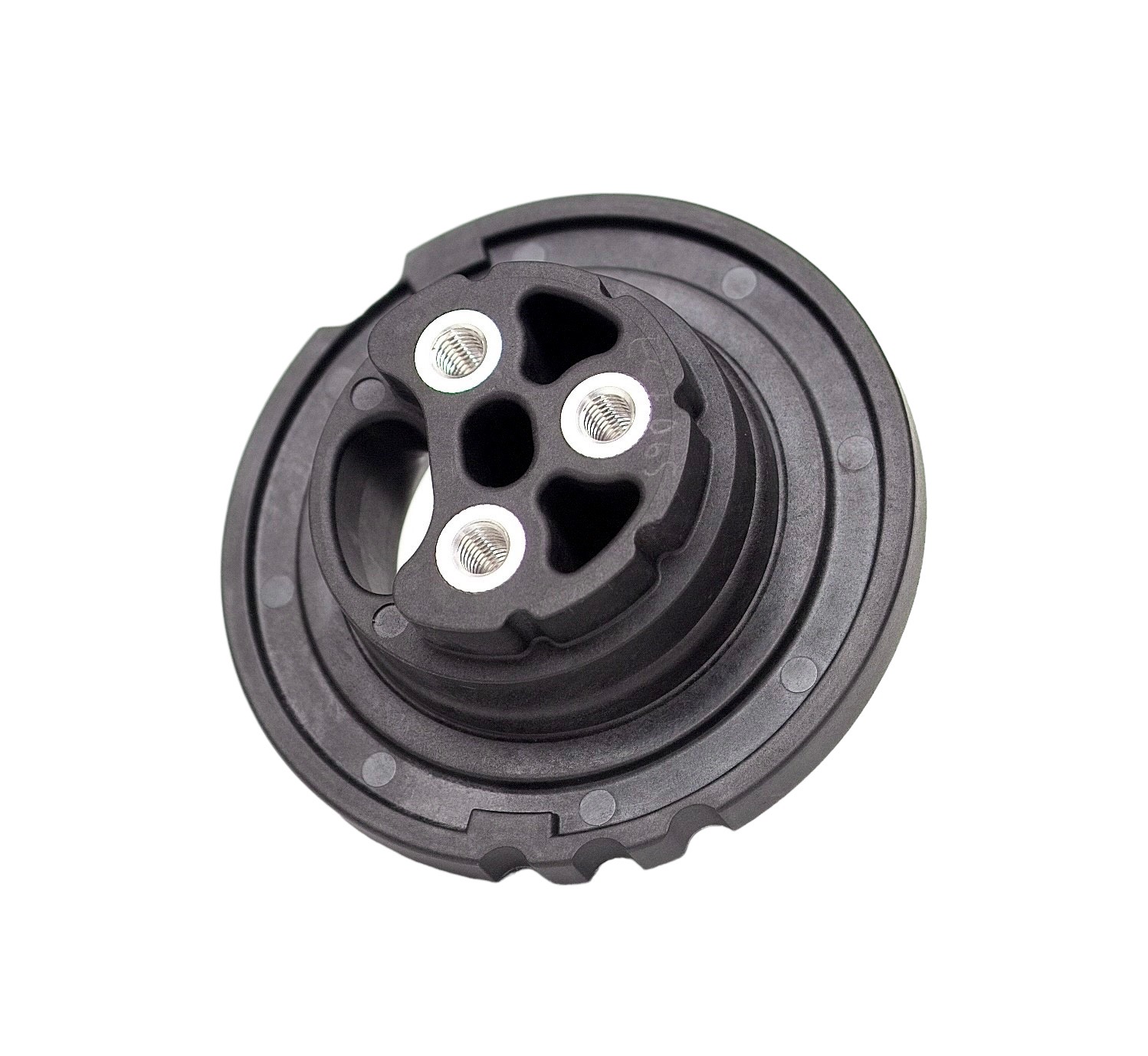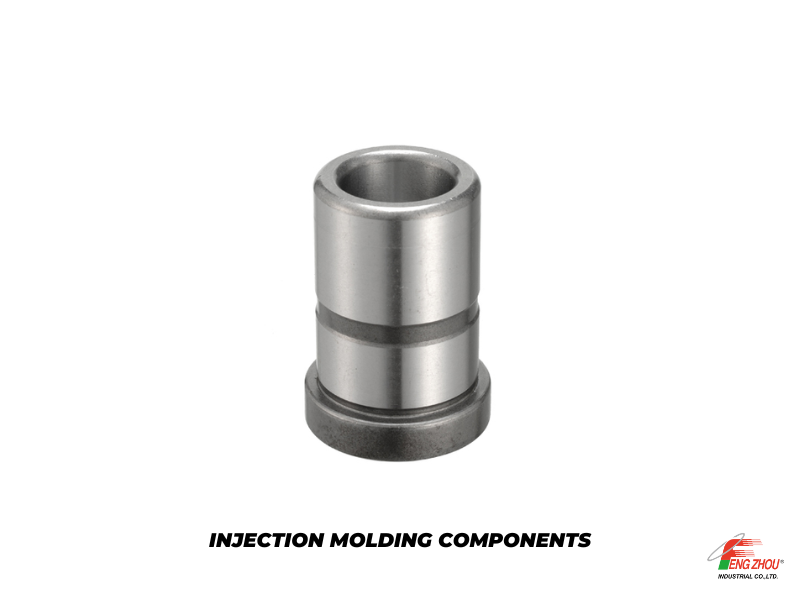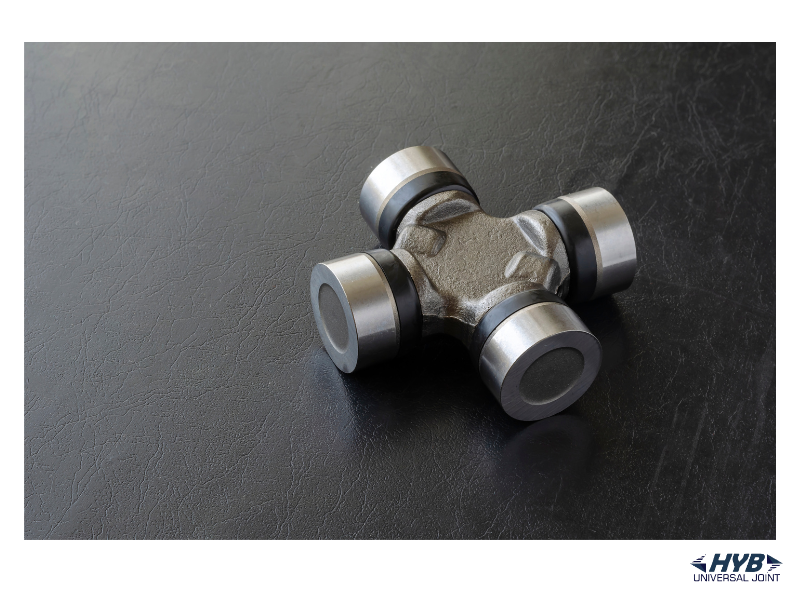Bulb Flashers or LED Flashers for Trucks
2024-05-02Auto Parts

In the bustling world of road transportation, ensuring the safety of large vehicles like trucks and trailers is paramount. Among the myriad of safety devices, truck flashers stand out as critical components in the pursuit of road safety. Zung Sung, a leader in automotive safety technologies, has been at the forefront of developing advanced truck flashers that not only meet but exceed industry standards. This article delves into the sophisticated technology behind these flashers and their indispensable role in enhancing road safety.
Understanding the Technology Behind Truck Flashers
Truck flashers are more than just blinking lights; they are intricate electronic devices designed to ensure high visibility of large vehicles on the road. Zung Sung specializes in two primary types of flashers: bulb flashers and LED flashers, each with its unique benefits and applications.
Bulb Flasers vs. LED Flashers:
Bulb Flashers: The Thermal Mechanism
Bulb flashers, the traditional choice for vehicle signaling, operate on a thermal mechanism. This process involves an electrical current heating a bimetallic strip or a wire inside the flasher unit. As the strip heats, it bends or moves, breaking the circuit and causing the bulbs to turn off. As it cools, the strip returns to its original position, restoring the circuit and turning the bulbs back on. This cycle creates the flashing pattern that signals a vehicle's intentions. While effective, this mechanism's reliance on physical movement and heat generation leads to several limitations. These include slower response times, higher energy consumption (as much of the energy is converted into heat rather than light), and increased wear over time, which can reduce the flasher's lifespan.
LED Flashers: The Electronic Advantage
In contrast, LED (Light Emitting Diode) flashers represent a significant technological advancement. These flashers operate electronically, without the need for moving parts or significant heat generation. An LED flasher controls the flow of electricity to the LEDs, turning them on and off at precise intervals to create a flashing pattern. This method is highly efficient, as LEDs require less power to produce a bright, visible light, translating into lower energy consumption and reduced strain on the vehicle's electrical system.
The electronic operation of LED flashers also allows for greater control over the flashing pattern. Manufacturers can program specific rates of flashing that are optimized for human visibility and reaction time, enhancing safety. Furthermore, LED lights have a much faster response time compared to traditional bulbs. This means the lights illuminate and extinguish almost instantaneously, providing clearer and more immediate signals to other road users.
Another significant advantage of LED flashers lies in their durability. LEDs are solid-state devices, meaning they are less susceptible to damage from vibrations, shocks, and extreme temperatures—common challenges in the trucking and heavy-duty vehicle industry. This resilience, combined with the inherent efficiency of LED technology, results in flashers that last much longer than their bulb counterparts. The longevity of LED flashers not only reduces maintenance and replacement costs but also ensures consistent signaling performance over the vehicle's life.
Truck Flasher Electrical Aspects:
The effectiveness of a truck flasher hinges on its compatibility with the vehicle's electrical system. Zung Sung's flashers are designed to accommodate a range of voltage requirements and pin configurations, ensuring seamless integration. Whether a vehicle operates on a 12V or 24V system, Zung Sung provides flashers that match these specifications, alongside options for 3-pin, 4-pin, or 5-pin configurations, catering to diverse electrical setups.
Truck Flasher Design Considerations:
Recognizing that trucks and trailers operate in various environments, Zung Sung's flashers are built to withstand extreme conditions. From blistering heat to freezing cold, these devices are engineered to perform reliably. This durability is achieved through the use of robust materials and innovative design practices that protect against moisture, dust, vibration, and temperature extremes.
The Role of Truck Flashers in Enhancing Road Safety
The primary function of truck flashers is to signal intentions on the road, significantly reducing the likelihood of accidents. By providing clear and timely indications of turns, lane changes, or stops, flashers play a crucial role in preventing collisions and enhancing overall road safety.
Statistical Evidence:
Studies have shown that effective signaling by large vehicles can dramatically reduce accident rates. For instance, the National Highway Traffic Safety Administration (NHTSA) reports that turn signal neglect plays a role in at least 2 million crashes annually in the United States alone. By improving the visibility and clarity of signaling, advanced flashers like those developed by Zung Sung can help mitigate these figures.
Safety Ecosystem:
Truck flashers are part of a broader ecosystem of safety features that include brake lights, hazard lights, and reflective markings. Zung Sung's commitment to innovation extends to the development of integrated lighting solutions that work harmoniously to enhance the safety of trucks and trailers. These integrated systems ensure that vehicles are visible at all times, making roads safer for everyone.
Conclusion
In conclusion, Zung Sung's advanced truck flashers represent a significant leap forward in automotive safety technology. By understanding the mechanics behind these essential devices and recognizing their role in preventing accidents, it is clear that Zung Sung is not just manufacturing flashers; they are crafting beacons of safety that illuminate the way for safer roads. As the transportation industry continues to evolve, the commitment of companies like Zung Sung to innovation and excellence in safety technologies remains vital. For fleet owners, truck drivers, and road users everywhere, these advancements offer a brighter, safer future on our roads.















